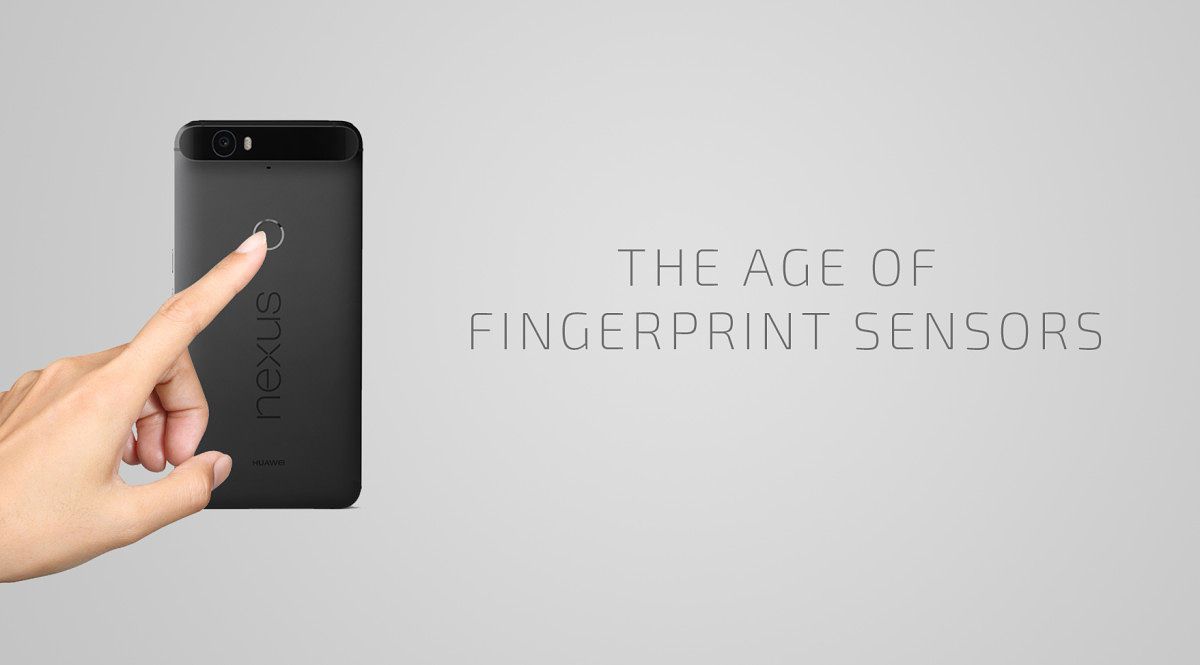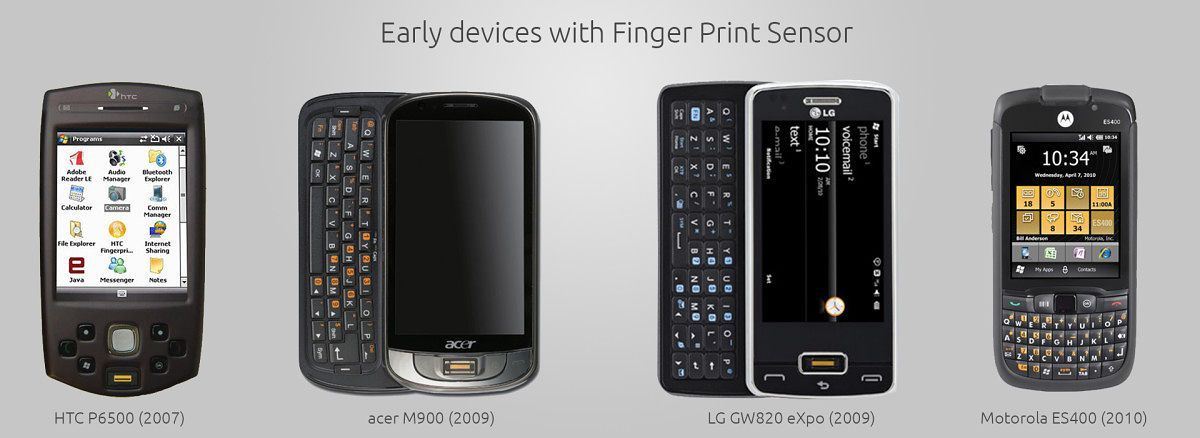Fingerprint sensors have changed smartphone security, even if not by much. The ability for the user to unlock their device or get authorization and make payments is something relatively new to the scene. Till now there are over 180 devices with fingerprint sensors.
In this feature, we take a look at the history of the fingerprint sensor and also ask, is it necessary these days?
Touching Memories
The first notable device with a fingerprint sensor were Toshiba’s G500 and G900, which date back to February 2007. They were Windows-powered smartphones which caught many people’s attention (even ours) back in those days before the big transition to Android and iOS. The next big device to implement a Fingerprint Sensor was the HTC P6500 which was released few months after the G500.
So while fingerprint sensors have become all the rage in the past two years, and are now being integrated into Marshmallow, they had their testing grounds before then and before Apple. The Pantech Vega LTE and the iPhone 5S were arguably the relevant modern-day devices to have fingerprint sensors implemented and both were released in the year 2013, bringing back the solution but in modernized terms.
Since then, almost all the OEM’s have considered adding a fingerprint sensor to their flagships (eg: Galaxy S5/S6, iPhone 5S/6/6S, Huawei Mate S/Ascend, HTC M9+, Xperia Z5, One Plus Two, LG V10). Not to mention the latest Google flagships, the Nexus 6P and the 5X, as both include a sensor -- and Google has also made their solution open to developers to make use of it in their apps in ways that other platforms and previous Android phones don’t allow for.
Since the iPhone 5S and its fingerprint sensor, OEM's have been working hard to make faster, more reliable readers for their flagships. Surprisingly, over 70 modern day smartphones were released with a fingerprint sensor since the launch of iPhone 5S.
Initially, it was solely used to unlocking your device and later, features such as making payments were implemented to make people’s lives a bit easier. Most of us at XDA believe that this comes with tradeoffs, but it makes sense to use fingerprint scanners as a marketing point for mass consumers, and it is ultimately a very practical feature for various reasons.
Modern Day Sensors
 We live in a fast-paced world where each of us tries to minimize inconveniences, and that makes us attracted towards technologies that help us save time (which is a huge part of any technological development anyway). Even though there is a vast variety of features for fingerprint sensors, the top priority seemingly goes to unlocking the device itself. Some flagships are incapable of mobile payments, for example, yet still opted for the technology for the sake of speeding up the lockscreen.
We live in a fast-paced world where each of us tries to minimize inconveniences, and that makes us attracted towards technologies that help us save time (which is a huge part of any technological development anyway). Even though there is a vast variety of features for fingerprint sensors, the top priority seemingly goes to unlocking the device itself. Some flagships are incapable of mobile payments, for example, yet still opted for the technology for the sake of speeding up the lockscreen.
According to research, on average a person unlocks his devices 110 times a day. This is likely a big reason as to why OEMs produces devices which have faster and more reliable sensors, as they ultimate guarantee an extra layer of security (in most cases, at least) without sacrificing speed. Rather than unlocking with multiple tries, the sensor should be able to recognize the print on the first try.
Manufactures experiment by placing the sensor on different places like the Home Button, Power Button, back of the device and they have also tried different methods as well, such as swiping, pressing and tapping. Some reports state that companies are working on taking the power button sensor to the next level by directly implementing the scanner inside your device’s display.
Is it necessary?
Android Marshmallow (6.0) has added support for fingerprint sensors which is a clear indication that all future flagships and even budget devices can (and might!) include one of these. Google's "Android Pay" and other online payment services lead the way for a more useful fingerprint sensors.
Now, since most major OEM’s have stepped into the fingerprint sensor game, what new features can we expect out of them? Do you want a fingerprint sensor on your device? And why?



